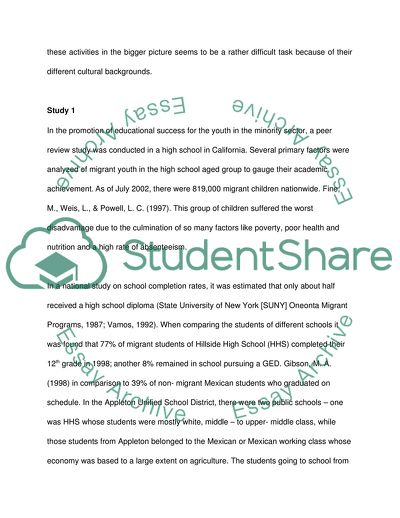Cite this document
(Learning and Culture Assignment Example | Topics and Well Written Essays - 3000 words, n.d.)
Learning and Culture Assignment Example | Topics and Well Written Essays - 3000 words. https://studentshare.org/culture/1716509-learning-and-culture
Learning and Culture Assignment Example | Topics and Well Written Essays - 3000 words. https://studentshare.org/culture/1716509-learning-and-culture
(Learning and Culture Assignment Example | Topics and Well Written Essays - 3000 Words)
Learning and Culture Assignment Example | Topics and Well Written Essays - 3000 Words. https://studentshare.org/culture/1716509-learning-and-culture.
Learning and Culture Assignment Example | Topics and Well Written Essays - 3000 Words. https://studentshare.org/culture/1716509-learning-and-culture.
“Learning and Culture Assignment Example | Topics and Well Written Essays - 3000 Words”. https://studentshare.org/culture/1716509-learning-and-culture.


